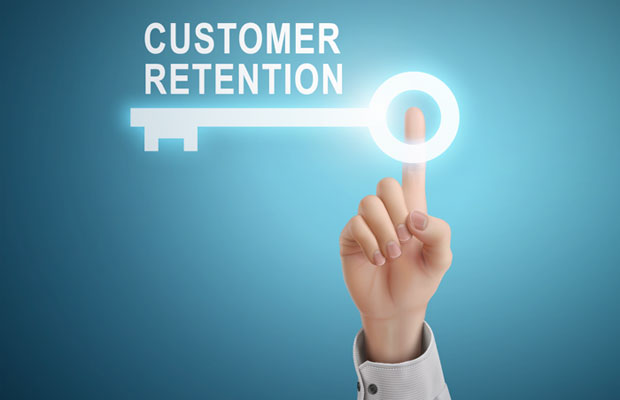It’s hard to say with any specificity where the CRM market will move this year, but I’m a pundit so let me try anyway. After more than two decades, CRM has landed in the business landscape and spread out in impressive ways.
When CRM emerged in the late 1990s social media didn’t exist, and the idea of social networking was confined to a few papers from Harvard and other places. Analytics was a good idea, Bayesian analysis and machine learning and such were interesting ideas — but we were all constrained by compute power.
The Internet was just coming out of its gestation as part of a research project in the Defense Department too, and cloud computing? Please.
Then compute power stopped being a roadblock, memory got better, and storage became practically infinite — all prerequisites for a big data revolution. Today all of that is commonplace, part of CRM, and even in danger of eating its young.
Social media especially has a dark underside that we’re beginning to appreciate even as the purveyors circle the wagons and lawyer up or hire taking heads from K Street in D.C. This rarely works for any industry, yet the founders still try.
R.I.P. Customer Experience
So, where to from here? CRM is too big and has too much momentum, making it unlikely to be derailed — at least not directly. Frankly, some of the new technologies and solutions that will reach the market this year will be too important and attractive to avoid using simply because of any concerns about misuse.
CRM has been around long enough to have covered virtually all of the relevant niches, and that’s been so for a while too. So, my inclination is that the industry will shift but not slow down.
I think the big change coming is toward customer retention. We’ve exhausted the idea of customer experience. We’ve been talking about it for a long time, and while it’s useful — especially for startups selling that first widget — it seems companies today increasingly are trying to figure out how to hang on to what they have and perhaps take something from the competition.
That’s the definition of a zero-sum market and it doesn’t last forever — but it does last long enough to help consolidate a market, leaving fewer vendors competing on thinner margins for the attention of very large customer bases. All of this suggests that customer retention will be the key issue we’ll need to deal with in the years ahead.
The Rise of Engagement
In prior market cycles we talked about selling “whole product” — the idea that a product encompasses much more than whatever gets shrinkwrapped. Today we call it “engagement,” because so much of business is repeat business from subscriptions, and it’s essential to engage if you want to retain.
Retention is not something you do directly, though. It’s a result — not the effort itself. The effort needed to improve retention is engagement, or finding better and more effective ways to get customers to like and, well, engage with, brands. That’s where CRM, when used for good, can be especially effective.
We now have the tools to identify customer needs based on longevity, lifetime value and demographics. That’s where I suspect an increasing amount of effort will land as businesses struggle with the truths of zero-sum economics.
Populations only grow so fast, and based on this, markets grow organically. Still, what businesses and their investors want most is above average growth, which necessitates taking customers away from competitors as well as doing the utmost to retain your own.
All of this stems from engagement. Experience might be the bright shining object that first attracts, but it’s the support, policies and procedures a company deploys through its systems that represents whole product and keeps customers coming back.
So I’m looking for a few interesting announcements from CRM in the months ahead, but my suspicion is that the battle will be won or lost around engagement. We’ll see.






















































